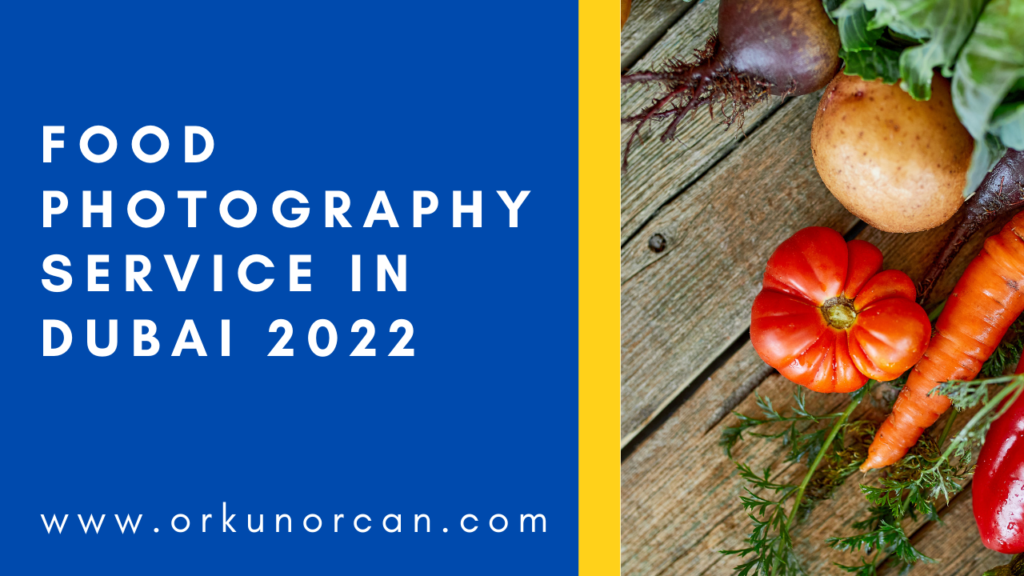Whether you have a successful food blog and a professional food photography service in Dubai, or you take pictures on an iPhone to fill your Instagram feed, there’s no denying that food photography is something that piques the interest of many foodies. While many professional photographers only focus on photographing food prepared and styled by a food stylist and served on plates and surfaces selected by a prop stylist, our talented photographers tackle all three.
We interviewed two of our freelancers, Orkun Orcan (from UAE), he do food photography service in UAE, and asked him to share everything. He gave us a behind-the-scenes look, including the top five things to consider before opening the camera and some of their favorite cooking tips. We asked them to put their skills to the test, walking us through the process and approach as they photographed an Instant Pot BBQ Shrimp Black Bean Soup recipe for The Spruce Eats. Finally, they share the photographers and stylists who inspire them (and who you should follow) and resources for learning more about your own food photography service in Sharjah game.
Things To Consider Before You Photograph
Natural or Artificial Light?
- Professionals know that while natural light can be dazzling, the best bet for consistency and much more creativity is to master artificial light sources. Cara says that “I almost always shoot with strobes, unless a client specifically requests natural lighting. I think it’s important to learn to control natural light early on, but once you get the hang of it, you’ll find that artificial lighting gives you so much more.” more creative freedom.
- Good control of artificial light also allows even the darkest of foods to look appetizing. The sealing of these steaks and the creaminess of the sauce, food photography service in Abu Dhabi by Orkun, are enhanced by his talent for light. If you are a beginner and only shoots with your cell phone, move closer to a window to enjoy natural light and, if possible, turn off all the lights on the ceiling in the room to have only one light source. Over time, investing in a strobe will take your photos to the next level.
Textures of the food
- Before filming, “think about each component of the dish” and what you would do with a dish that would make you want to “eat more of it,” says Cara. Fried foods should be “crispy and golden,” as Diana does in this simple but desirable photo of fried onion rings.
- “The batter should look tart and creamy,” like this carbonara recipe Cara released recently. It’s important to be able to see all the components of a simple dish like this: a sufficient grind of fresh black pepper, Parmesan cheese and a few pieces of pancetta (carefully placed with tongs if necessary) bring it all home.
- “Salads should always be fresh and colorful. No herbs or wilted leaves!” Always use freshly washed herbs and leaves, like Cara does in this citrus salad. Fresh herbs and lettuce can also benefit from a quick ice bath to refresh them and prepare them for the camera. “Salads are also fun to layer, which always creates lots of dimension and texture,” in the final photo.
Colors the food represent
- Orkun says that in addition to the colors of the plate itself, she also considers “what color combination would complement the food”. The whites and browns of this tahdig benefit greatly from a fun splash of complementary colors thanks to a sky-blue mosaic surface.
- I “always starts with accessories and colors, considering how the background and accessories will interact with the color of the food and what will make the food taste better.” The rich chocolate browns here are highlighted by shades of orange and peach, which belong to the same shade family on the color wheel.



